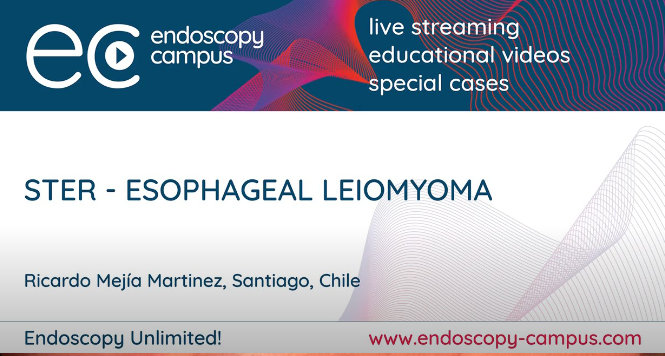Artificial Intelligence Accurately Identifies Esophageal Lesions
Prateek Sharma, MD, FASGE, reviewing Bang CS, et al. Gastrointest Endosc 2020 Dec 5.
Artificial intelligence (AI) studies for detecting and differentiating gastrointestinal lesions are on the rise. Various groups have developed a multitude of machine-learning algorithms to accurately identify lesions and predict histology and, even, the depth of the spread using static images or recorded or real-time endoscopic videos. The main drawback of most of these studies is the lack of external validity and generalizability. The need to annotate large test datasets also limits the sample sizes for these studies to be adequately powered for testing diagnostic accuracy. The authors of this study conducted a systematic review and meta-analyses to evaluate the diagnostic accuracy of computer-aided diagnosis (CAD) of esophageal neoplasia.
A total of 21 studies met inclusion criteria, of which 19 studies (10 image-based and 9 patient-based) were used for meta-analytical computation. The 10 image-based studies used 77,521 images (42,668 cases vs 34,853 controls) of esophageal neoplasia, and the 9 patient-based studies identified 2102 patients (1525 cases vs 577 controls). Most of the studies used white-light examination (except 4 image-based and 3 patient-based studies that utilized narrow-band imaging) and a convolutional neural network CAD algorithm (except 2 image-based and 3 patient-based studies that used support vector machine).
The area under the curve (AUC), sensitivity, and specificity were 97% (95% confidence interval [CI], 95%-99%), 94% (95% CI, 89%-96%), and 88% (95% CI, 76%-94%), respectively, for the image-based studies, and 94% (95% CI, 91%-96%), 93% (95% CI, 86%-96%), and 85% (95% CI, 78%-89%), respectively, for the patient-based studies. Three studies predicted the depth of esophageal lesions. The AUC, specificity, and sensitivity for predicting invasion depth were 96% (95% CI, 86%-99%), 90% (95% CI, 88%-92%), and 88% (95% CI, 83%-91%), respectively. Meta-regression revealed that geographical location (Asian vs Western vs multinational) was a source of heterogeneity (P=.04). Interestingly, the authors also reported that their analysis revealed a publication bias (P=.03).

COMMENTIt appears that the currently tested AI algorithms for detecting esophageal neoplasia are fairly accurate and will change endoscopy practice once their true performance outside of the “study” setting can be established. Real-world collaborative efforts are required to further this up-and-coming area of science.
Note to readers: At the time we reviewed this paper, its publisher noted that it was not in final form and that subsequent changes might be made.
CITATION(S)
Bang CS, Lee JJ, Baik GH. Computer-aided diagnosis of esophageal cancer and neoplasms in endoscopic
Images: a systematic review and meta-analysis of diagnostic test accuracy. Gastrointest Endosc 2020 Dec 5. (Epub ahead of print) (https://doi.org/10.1016/j.gie.2020.11.025)


